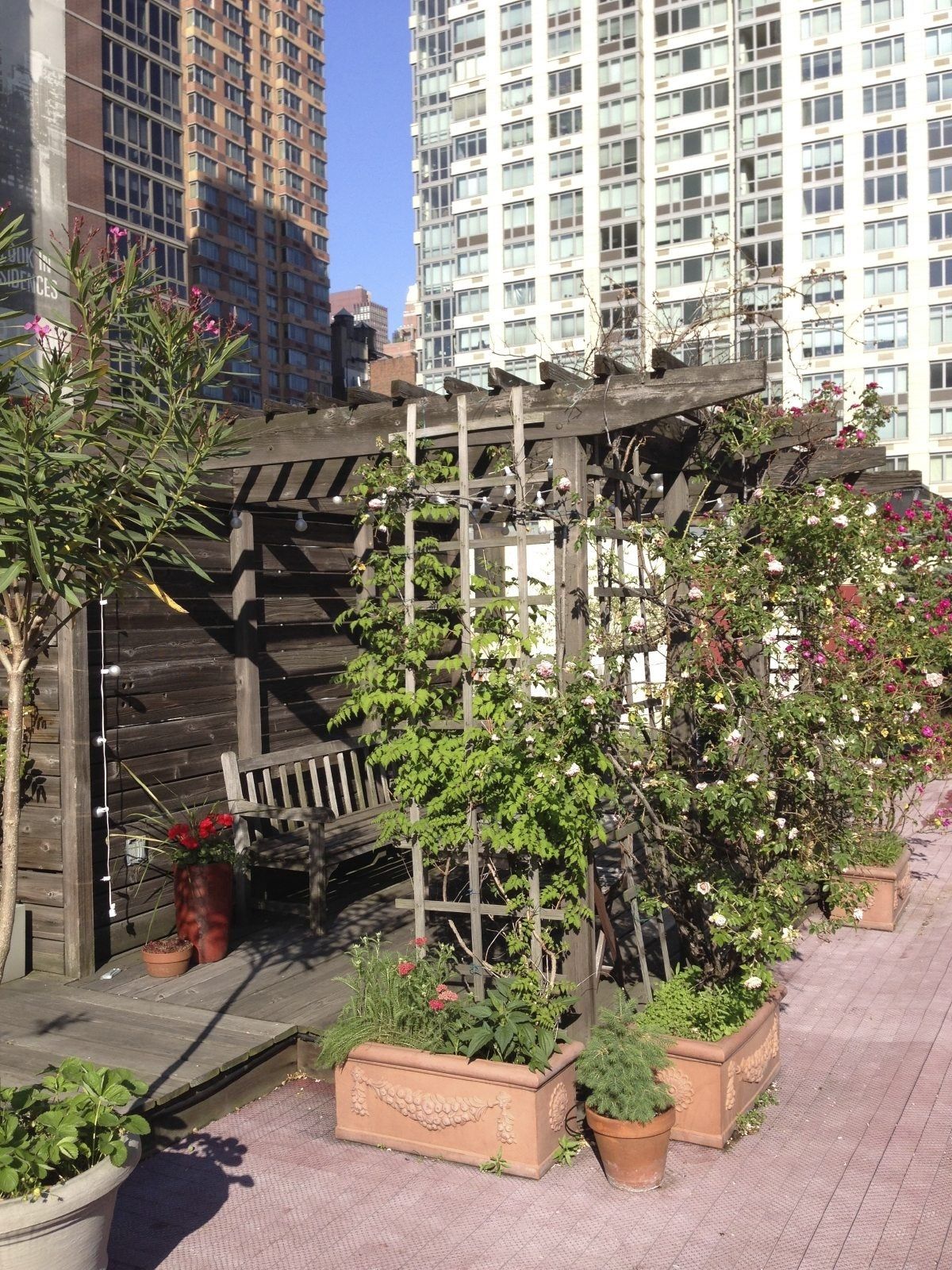The Ultimate Guide To City Blooming
Table of ContentsMore About City BloomingCity Blooming Can Be Fun For EveryoneSome Of City Blooming7 Simple Techniques For City BloomingThe 8-Minute Rule for City Blooming

Actually, as you walk the roads of the Bronx, Southside Chicago or East Oakland, you may see have even seen large plots of ripening vegetables and fruits being collected. Nonetheless, just what are urban farms and area yards? Are they different? If so, exactly how? And extra importantly, exactly how can you sustain them? Urban farming, city farming, or metropolitan horticulture is the practice of growing, processing and dispersing food in or around urban locations.
Generally, urban farming as a technique is a larger financial investment than horticulture. There are many much more hours spent right into the minutiae of farming, from the plant strategy to the tending of your beds. This time commitment tackles an entire new significance once you recognize the goal that is being worked towards and committed, namely that of gaining an abundant return of plants to be consumed.
A community yard is a single tract gardened collectively by a team of people. Area gardens make use of either private or common stories on exclusive or public land while creating fruit, vegetables, and/or plants expanded for their appealing appearance. The basic design right here is that a big team of individuals each add a fairly percentage of time to working their own plot, and get the fruits of their labor as a result.
All about City Blooming

There are community yards, most of whom Little Axe Peppers has partnered with, that deal help to evacuees, low-income households, youngsters teams, and neighborhood companies by aiding them develop and expand their very own yards. The differences between neighborhood yard and urban farm are nuanced, though in the end the very same fundamental task takes placefood plant growing yet within different organizational structures.
Urban ranches are typically a lot more business and innovation oriented, with the primary function of making the most of returns and selling fruit and vegetables. Industrial city ranches are typically targeted at expanding production on typically little land location with advancements in technologies such as tank farming, hydroponics, and greenhouses and discover here might partner with a business kitchen area to develop locally-produced value-added products such as jams and sauces.
Top Guidelines Of City Blooming
The produce is typically grown on a much smaller sized range and is taken home to eat at home or to share. By giving much needed green rooms in penniless, concrete urban locations, they enable the advantages of backyard horticulture to those lacking backyards, and offer as exceptional instances of self-organization and community advocacy.
Some area gardens, typically in metropolitan locations, move into expanding for commercial use while some city farms open their land for more socially conscious advantages. No matter of how you define and separate the two, they are both favorable forces forever in cities around America and the globe. They both use easier access to fresh, regional fruit and vegetables; enhance an area's aesthetic; and work as outstanding instructional tools, teaching people where their food comes from. Small Axe Peppers has actually already partnered with over 73 community yards around the USA.
As all of Little Axe Peppers' warm sauces are sourced with peppers from neighborhood gardens, your acquisitions directly aid fund these local tasks (https://cityblooming.bandcamp.com/album/city-blooming). So, participate in the revolution by.
A friend of mine recently commented in a discussion concerning gardening that "It's fascinating, I've constantly thought that farming as a method is rather like gardening. As I invested even more and more time in my Urban Agriculture class I've come to understand that to state that gardening is a mini extension of farming would be a little bit of stretch.
Getting My City Blooming To Work
They both focus on the treatment of plants for some goal that can be nutrition, revenue or simply the pleasure of the craft. Moreover they both need a financial investment on top of a time financial investment, something that a great deal of individuals in our fast paced life do not have a lot of - garden care.
We can see that the similarities are plentiful, but are the distinctions sufficient to develop a difference? As a trainee at NYU I have the chance to deal with the leave It Better Structure, a team that teaches fundamental nourishment and gardening to senior high school pupils. https://www.cheaperseeker.com/u/cityblooming. This experience gave me an in-depth foray right into the globe of amateur horticulture beyond what the majority of people have actually touched with
Farming as a practice is a bigger financial investment than horticulture. There are countless extra hours spent right into the minutiae of farming, from the crop plan to the having a tendency of your beds.
The ordinary gardener sets about his tasks as a task as opposed to a necessity and thus distinguishes his or herself from the farmer. With this difference in hand, they are both soothing and enjoyable exercises that anybody can choose up, which by itself should be a promotion for both.
The Facts About City Blooming Revealed
Something failed - indoor plants. Wait a moment and try once again Try once more